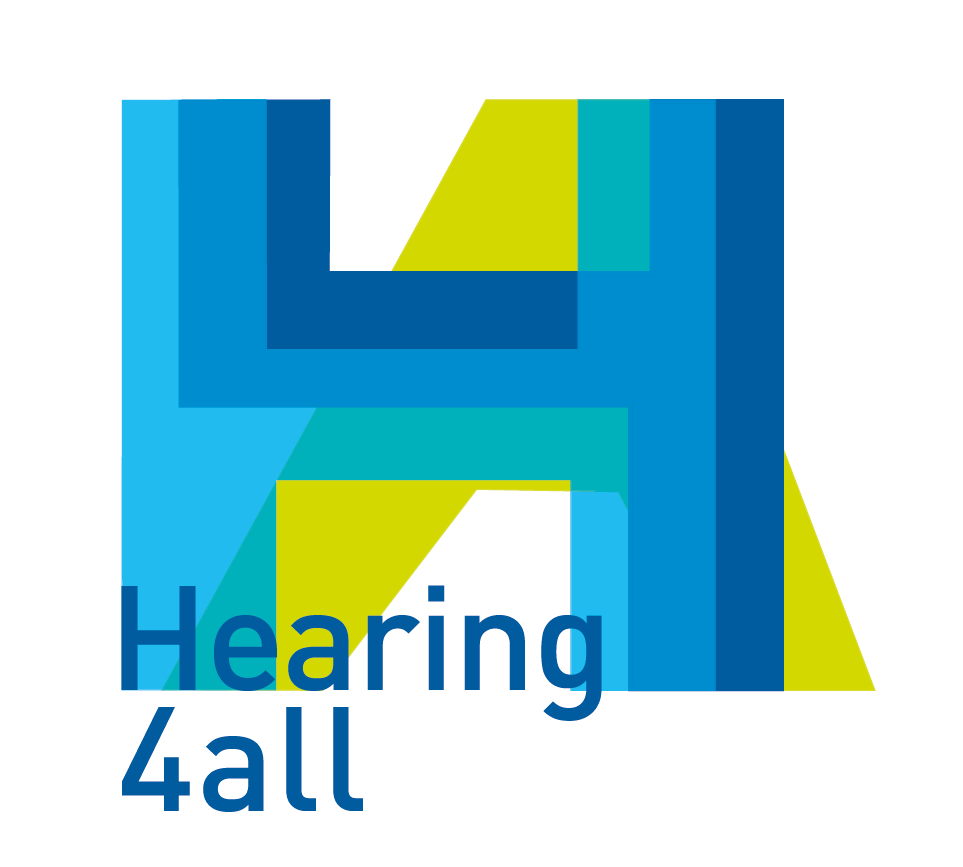Unaided and aided speech recognition performance evaluation across languages with hearing impaired patients using multilingual matrix sentence tests
Comparing speech recognition performance in patients with and without a certain hearing device across languages and countries is an important goal in order to achieve globally accepted audiological standards and models in diagnostics and auditory rehabilitation. The current contribution reviews the attempts to reach this goal with the development and the clinical validation of the matrix sentence recognition tests in numerous languages as well as its application in rehabilitative audiology. Matrix sentence tests use syntactically fixed, semantically unpredictable sentences (e.g. “Peter kept two green toys”) that allow for repeated measurements with the same speech material, e.g. for hearing instrument fitting and evaluation (see Kollmeier et al., IJA 2015 for a review). Their closed-set construction with well-described optimization principles (Akeroyd et al., IJA 2015) allows for a high comparability across languages, the possibility to objectively predict the individual performance with an Automatic-Speech-Recognition (ASR) technique (see Kollmeier et al., IHCON 2016), and the option to test a listener in a language the audiometrist does not understand. This property is especially useful in multilingual societies where the fitting and optimization process of the individual´s hearing device should not be dependent on the level of the patient´s language competence for the respective dominant language.
Currently, matrix sentence tests are available in at least 14 languages. They have been developed in a very compatible way and are characterized by similar psychometric properties. Therefore, they are well suited for hearing device evaluation studies or in general for accurate speech audiometry in noise. In order to yield reliable results, initial training with two training lists is recommended. After that, matrix sentence test measurements show a high test-retest reliability and a superior efficiency (in terms of reduction in variability in Speech Recognition Threshold as a function of measurement time) in comparison to other sentence recognition tests. As an example for a clinical cross-validation with other available clinical tests employing listeners with diverse hearing abilities, a multicenter study is rewieved that compared the American English Matrix Sentence Test with the QuickSIN and HINT. The data demonstrate a high sensitivity and specificity as well as a superior test-retest reliability of the matrix sentence test. The comparison of validation data across different languages including English, German, Russian, and Turkish proves the high comparability of the matrix sentence test across languages. The same holds for matrix sentence test applications for aided patient performance measurements that will also be presented and discussed.
Warning: Use of undefined constant s - assumed 's' (this will throw an Error in a future version of PHP) in /home/spinnluxnr/www/2017/pages/programme.php on line 208


